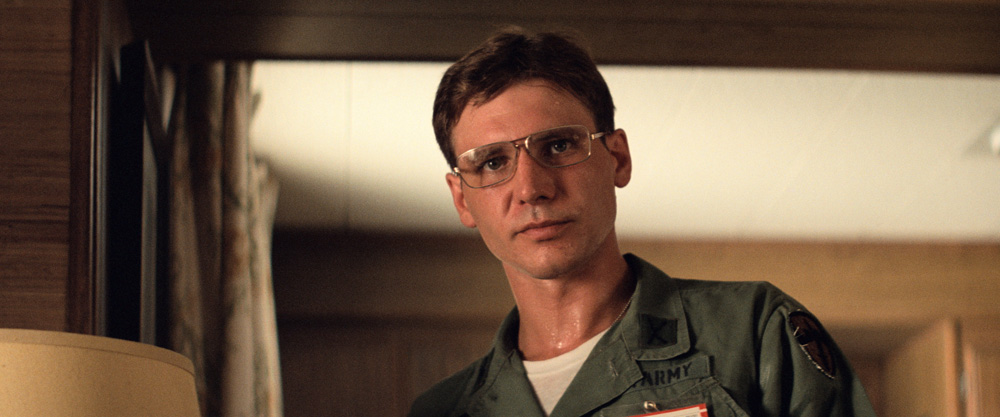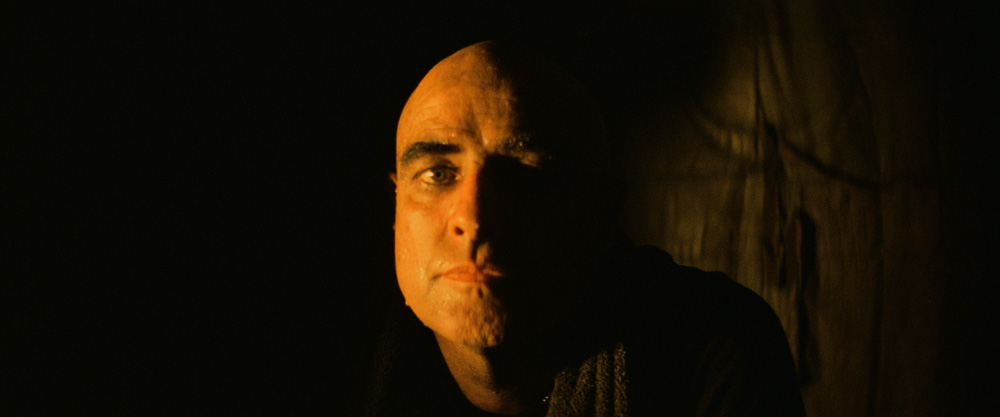
(c)2019 ZOETROPE CORP. ALL RIGHTS RESERVED.
“Apocalypse Now Final Cut” A magnificent epic depicting the chaos of the battlefield, a look behind the birth of the new version
2020.03.04
The successful transition to IMAX and George Lucas' version of Apocalypse Now
In addition to the elements mentioned above, the Final Cut will be shown in IMAX. Of course, the IMAX film system used at the time of production and the current IMAX digital theater system are different, but showing the film on a giant screen, a format representative of the IMAX format, was one of the early concepts for Apocalypse Now Now.
Originally, Coppola had planned to have George Lucas, director of American Graffiti (1973), direct Apocalypse Now , as an in-house production of his own production company, American Zoetrope. Lucas had a plan to film Apocalypse Now Now with a 16mm camera and film, with a newsreel-like documentary touch(*4).

“Apocalypse Now” (c)2019 ZOETROPE CORP. ALL RIGHTS RESERVED.
However, Coppola, who took over as director in his place, saw Apocalypse Now Now as a "grand war opera" in stark contrast to Lucas's modest plans, and intended to present it to audiences in a unique way.(*5) He proposed a theater style in which the film would be screened exclusively there. He planned to shoot the film with an IMAX camera and project it onto a giant screen, and take advantage of the advantage of not being restricted by screening time to complete the film as a long piece.
However, because the film company United Artists' capital was included in the production costs, the film had to be released as a general commercial film. When considering overseas locations, the large IMAX and 65mm cameras lacked mobility and the printing costs were huge, so the filming was changed to 35mm film. To make matters worse, filming in the Philippines took a long time due to weather conditions, a change in the lead role, and contract issues with Marlon Brando, who played Kurtz, so the production costs ballooned from $13 million to $32 million. Therefore, in order to maximize the number of screenings per day at theaters, it became necessary to edit the film short, and the running time had to be limited to about two and a half hours.

“Apocalypse Now” (c)2019 ZOETROPE CORP. ALL RIGHTS RESERVED.
The project for "The Final Cut" began in early 2017 when James T. Mockoski, the restoration supervisor for the original version and archivist at American Zoetrope, proposed it to the director as a commemorative project for the 40th anniversary of the production of "Apocalypse Now". However, Coppola did not intend to create a new version, but rather to fine-tune and clean up the " Complete Special Edition " and improve the image and sound. However, in the end, "The Final Cut" fulfilled the conditions that the director himself originally wanted, and it can be said that it is the ultimate version, the final form as the title suggests.

